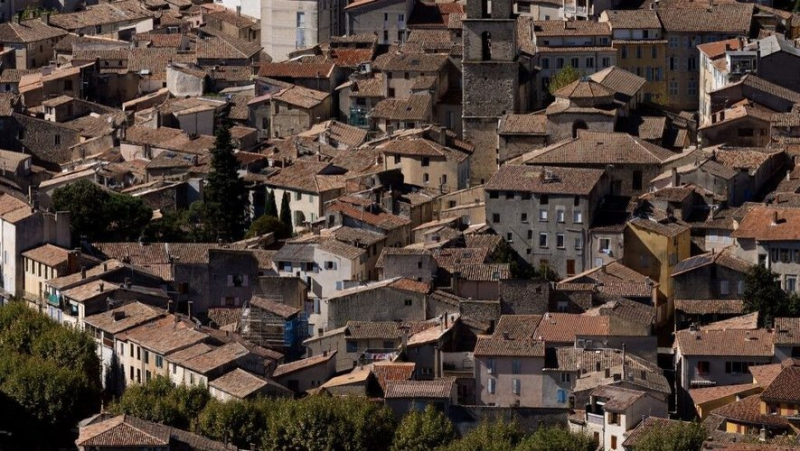Green spaces, trails, air quality… which are the departments of France where you are most likely to be in good health ?

In the top 3 healthiest departments in France according to Zava, we find Alpes-de-Haute-Provence (04), Hautes-Pyrénées (65) and Lozère (48). JOEL SAGET/AFP
Do you live in a department where life is good for your health ? To answer this question, the company Zava recently published a ranking of the healthiest departments in France. Unsurprisingly, several sectors of Ile-de-France find themselves at the back of the pack. Conversely, several departments in the South-East rose to the top of the podium.
We are used to the ranking of cities… But these are the departments that the British telemedicine firm Zava has chosen to draw up its top departments in France where we live the healthiest (Guadeloupe , Martinique, Guyana, Réunion and Mayotte were not included in the survey).
The South in the lead
In total, this list includes around ten criteria allowing you to obtain a score between 0 and 10 (ten being the maximum score). Among them, the quality of the air, the number of green spaces, swimming places and paths, but also the proportion of businesses considered “healthy”; (i.e. which sell healthy food products, generally organic and local) or sports centers. All evaluated each time according to a ratio of 10,000 inhabitants.
In the top 3 of the healthiest departments in France, we find Alpes-de-Haute-Provence (04), Hautes-Pyrénées (65) and Lozère (48 ). These three departments, which obtain an overall well-being score of 8.10, 7.75 and 7.42 respectively, are all located in the south of France. They stand out above all for their high number of green spaces and swimming places, but also for their good air quality and their numerous running and hiking trails.
Who are the bad students ?
If we look at the worst students, the compass needle clearly points towards the North and the Paris region. The last two departments on the list appear, in fact, both in Ile-de-France.
We thus find Val-de-Marne (94), in penultimate place, while Seine-Saint-Denis (93) brings up the rear. These poor scores are mainly due, in the case of Seine-Saint-Denis, to the low number of trails (0.74 per 10,000 inhabitants) and sports centers (2.61 per 10,000 inhabitants), i.e. " the lowest of all, notes the investigation. As for Val-de-Marne, it is mainly its air pollution (the highest just after Paris) which puts it at the back of the pack.




